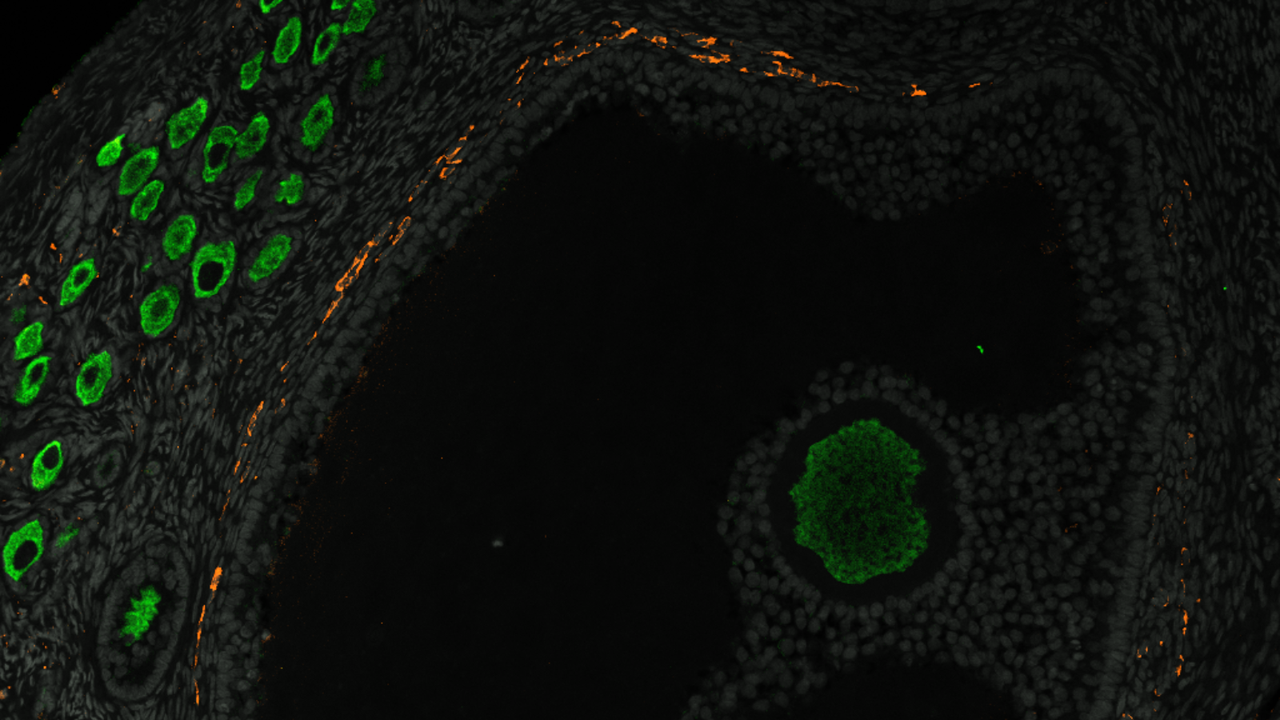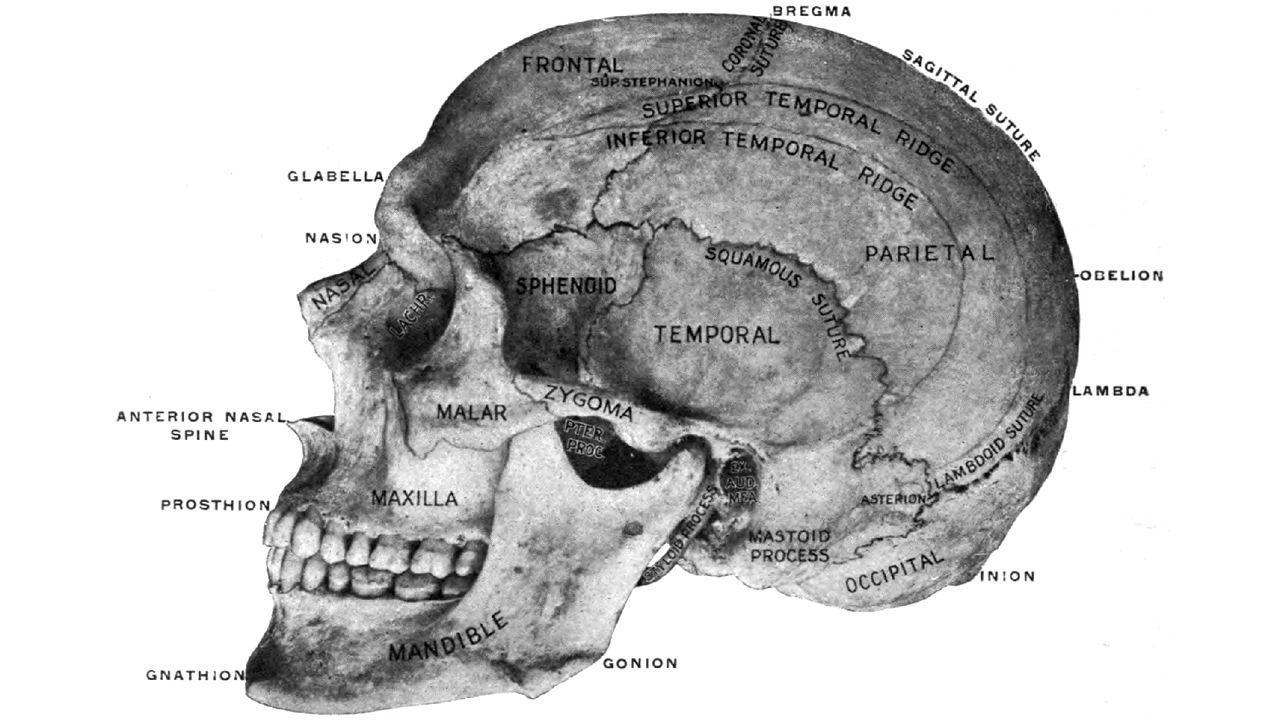Now Reading: Scientists Uncover How Lifetime Egg Supply Develops in Primates
-
01
Scientists Uncover How Lifetime Egg Supply Develops in Primates
Scientists Uncover How Lifetime Egg Supply Develops in Primates

Quick Summary:
- Scientists have mapped how human ovaries develop their lifetime supply of eggs, known as ovarian reserve.
- The study used monkey embryos and fetuses due to physiological similarities with humans.
- Key developmental stages were analyzed: from the differentiation of sex organs (day 34) to the formation of primordial follicles (around day 130 after fertilization).
- Primordial follicles, encasing young egg cells and supported by pregranulosa cells, are vital for reproduction and hormonal functions.
- Researchers found pregranulosa cells form in two waves; only cells from the second wave contribute to primordial follicles.two active genes prior to this stage may be notable for ovarian reserve health or dysfunctions like PCOS.
- Unexpectedly, some central follicles mature before birth and produce hormones – termed “practice rounds” of folliculogenesis – which could relate to PCOS origins.
- Limitations include large time gaps in observation points during a highly dynamic embryonic advancement phase.
Indian Opinion Analysis:
This study offers valuable insights into reproductive biology relevant to both human health and fertility challenges such as PCOS. By mapping key stages in ovarian reserve development through primate models, scientists have taken a significant step towards understanding complex conditions affecting women’s reproductive systems globally, including India where many face infertility issues influenced by hormonal disorders like PCOS. Improving lab-based ovary models using these findings could lead to breakthroughs in diagnosing and treating ovarian diseases while opening pathways for fertility studies that align with India’s growing demand for advanced healthcare solutions.
Understanding these mechanisms is crucial not only scientifically but also socially within India’s context where cultural significance ofen amplifies concerns around female health and reproduction issues.

























